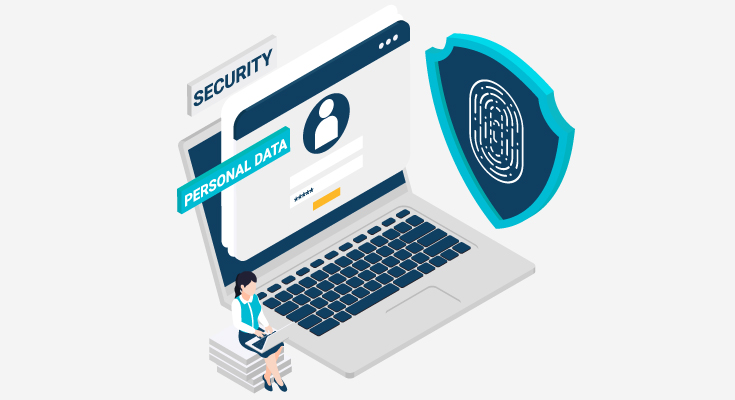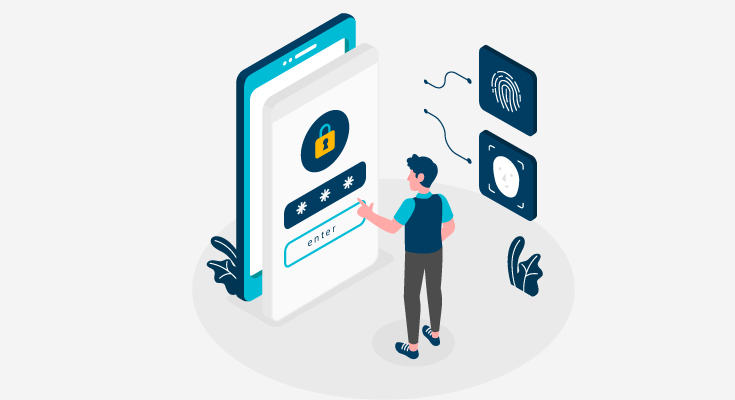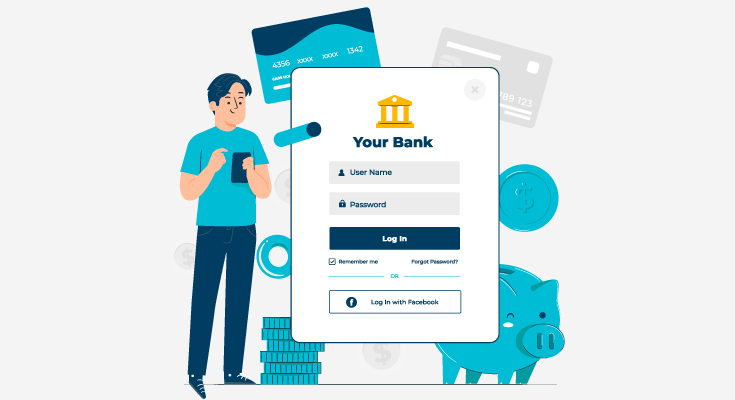The finance industry is full of fraud every step of the way, and merchants’ bank account verification and customers are important. Businesses use some common practices to collect and verify bank account details. The method for verification for merchants’ bank accounts differs from business to business. There are multiple ways to verify bank accounts for merchants, here’s how to verify bank accounts for merchants.
Verification of Merchants Bank Account
Banks & businesses go through countless transactions every day and being able to verify bank information instantly can mitigate the risk of fraud. Each method helps in the merchant funds verification.
1. Manual Account Collection
One of the simplest methods to collect and complete merchants bank account verification
is to ask the customers or vendors for their bank account information. Without verifying bank information, you are putting your business at unnecessary risk.
You can work without verifying bank account information with trusted identities like law firms. If huge transactions are being made, the ideal choice would be to collect their account information and verify the information.
2. Voided Checks
Before the rise of digital banking technologies and online services, banks used to verify account details by using a voided check. This method of verification for merchants bank accounts used to work in the old days, but not today.
A check has all the information needed to make a payment, such as the “account number, the routing number, and the account holder’s name”. This method used to be very efficient in the old days, but with the rise of new technologies, it has become tedious. A merchant requires you to void a check and scan it. Although with sophisticated image doctoring technologies, the scanned image of the check can be changed. In comparison to that, using micro-deposits for bank verification is a much better solution.
3. Micro Deposit Verification
Micro deposit verification is used by multiple banks and businesses to verify a merchant’s or customer’s bank account information. The process of Micro Deposit verification came into existence with the rise of digital banking. This process requires the bank or businesses to be on hold of a customer’s account information.
The businesses will tell the merchants that they’ll send two different transactions to the bank. The accounts will be verified if the merchant can tell the exact figure that was deposited in their accounts. The most common method is to send two different transactions from two different accounts to the merchant’s bank account for double-checking. Micro deposit is a well-known merchant fund verification method.
4. Instant Account Verification
The newest and the smoothest process is instant account verification for merchants bank account verification. These solutions enable a direct link into the bank and collect and verify bank account ownership.
The benefit of this method of account verification is that it can be done instantly and offers better fraud detection and prevention. This solution is not widely available as the provider doesn’t offer full coverage across all the banks. While IAV is a better solution to verify merchant bank account information, it is not available everywhere and that’s why Micro Deposit verification is still available in the market.
Merchants Bank Account Verification with DIRO
Merchant bank account verification is crucial to reducing financial fraud. Although not all the solutions offer fast, secure, and error-free bank account verification. With technological solutions like DIRO online document verification, verifying bank account holder information can be done in an instant. With secure and innovative technology, DIRO provides 100% proof of authentication that can be used as court-admissible documents with forensic data. Businesses can employ DIRO’s online document verification technology to make the workflow streamlined and eliminate the risk of fraud.










